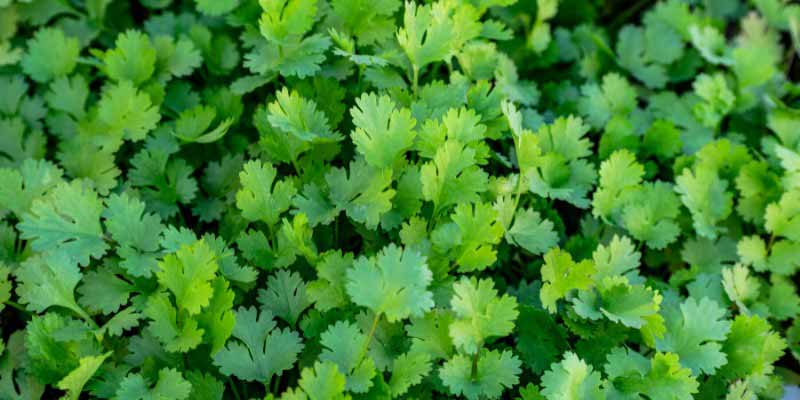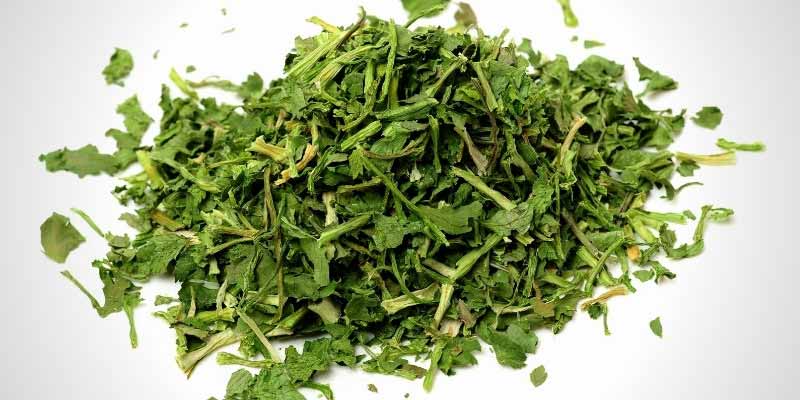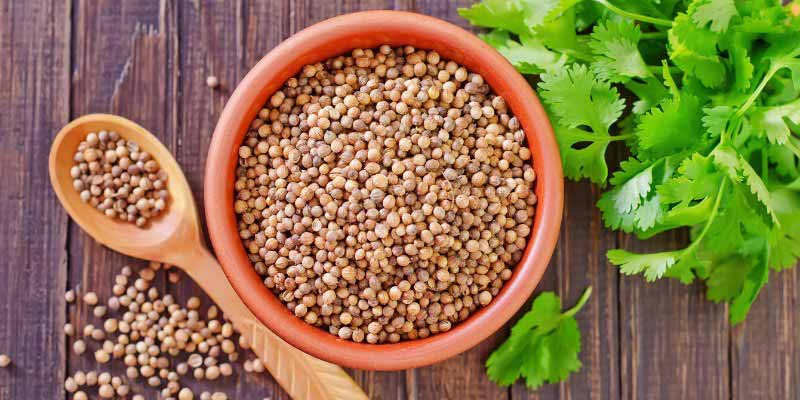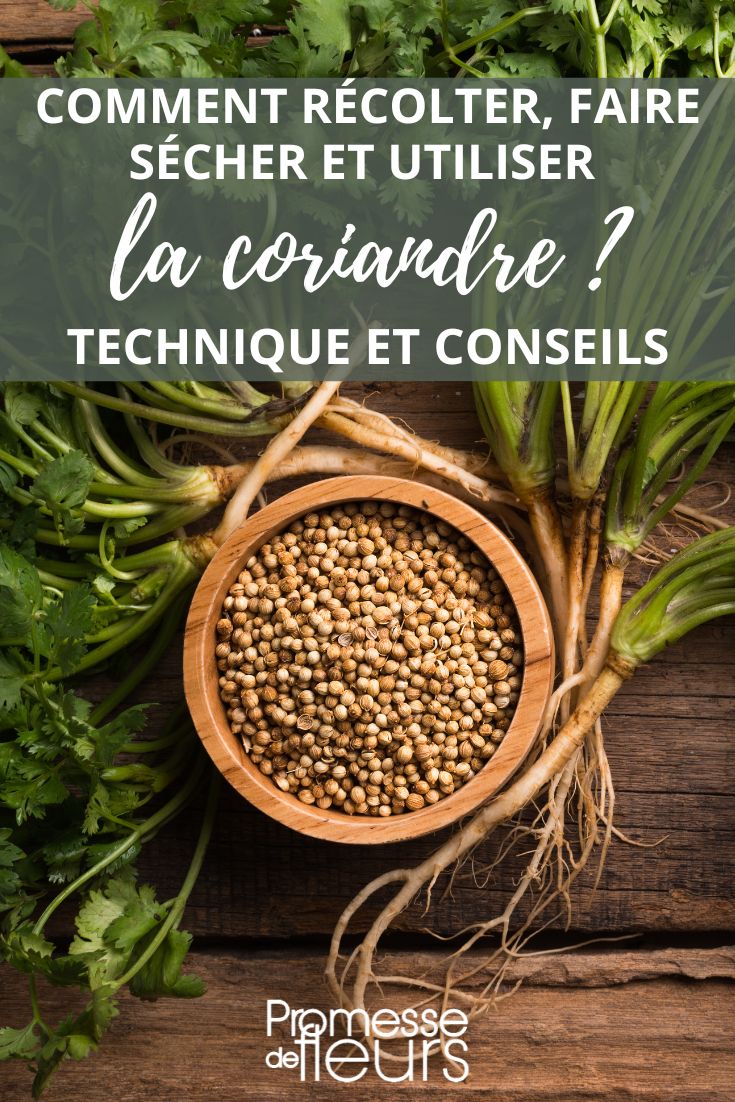Coriander (Coriandrum sativum) is a condiment and aromatic plant that can be used in many dishes, particularly in Asian and Indian cuisine. Both its leaves, whose lemony flavour is somewhat reminiscent of parsley, and its seeds are used, ideal for flavouring numerous recipes, especially stews. Coriander adds a depth of flavour that is hard to match. Like many aromatic plants, it also has benefits, notably its ability to aid digestion. Discover in this tutorial how to harvest, dry and store coriander.
For full details on growing coriander, please consult our complete sheet: "Coriander: cultivation, harvest, benefits"
When and how to harvest coriander?
Coriander leaves are harvested from late spring to late summer, generally at least 2 months after sowing, as required. Take healthy, non-yellowing stems, cutting them at ground level by hand or with scissors. This encourages new growth and ensures a continuous harvest. To maximise flavour, it is best to harvest coriander leaves early in the morning, after the dew but before the sun becomes too hot.
To enjoy their flavour to the full, leaves are best eaten fresh, immediately after harvesting. They will only keep for a few days in the fridge or in a glass of water. However, it is possible to dry or freeze them to store them for much longer.
Coriander seeds are harvested later, in late summer or early autumn. They are ready when plants begin to dry and turn brown. When you see seeds forming and taking on a brownish hue, it is time to harvest. Cut stems at the base, then shake umbels over a clean cloth to release and collect seeds. You can also rub umbels between your hands to recover seeds.
Seeds dry without problem, and can then be stored for more than a year in a paper bag or jar, at room temperature, away from light and moisture.

How to dry coriander?
After harvesting, drying is a key step to ensure coriander keeps well. Begin by washing leaves thoroughly to remove any dirt or insects, then dry carefully by blotting with absorbent paper. You can then lay them out simply on a cloth, spacing them out so they do not touch, and place them in a dry, well-ventilated spot, away from light and moisture.
Another technique is to tie stems into small bunches and hang them upside down in a dry, well-ventilated place. This usually takes one to two weeks. Once dry, leaves can be removed from stems and stored in glass jars or paper bags.
It is also possible to dry coriander leaves in an oven, at a maximum of 45 °C, spreading them out on a baking tray. However, air-drying has the advantage of using no energy and preserving as many nutrients in the plant as possible.
To dry coriander seeds, place them in a paper bag in a warm, dry place for one to two weeks. Shake the bag daily to help detach seeds from stems. Once dry, separate seeds from debris and store for later use.

How to store it?
Proper storage of coriander is essential to maintain flavour and aroma. Dried coriander leaves can be kept in an airtight container away from light, heat and moisture. Properly stored, they can last up to a year, although flavour may begin to fade after about six months.
Fresh coriander leaves can also be frozen. Choose bright green stems and leaves, rinse and dry them. Place coriander in a freezer bag, then freeze. We recommend using within two months.
Coriander seeds should also be stored in an airtight container, ideally in a cool, dark place, but unlike leaves, they retain their flavour for several years. To release their aroma, toast lightly before using in dishes.
How to use coriander?
Coriander can be used in several ways to flavour and enhance dishes. Fresh or dried coriander leaves are perfect for garnishing savoury loaves, tarts, rice, salads and stews. Their fresh, lemony flavour is appreciated. They do not tolerate prolonged heat: add at the end of cooking.
Coriander seeds, with their warm, slightly lemony flavour, are often used in marinades, stews and meat dishes. They are also a staple ingredient in many spice blends: curry, colombo, garam masala, tandoori...

































Comments